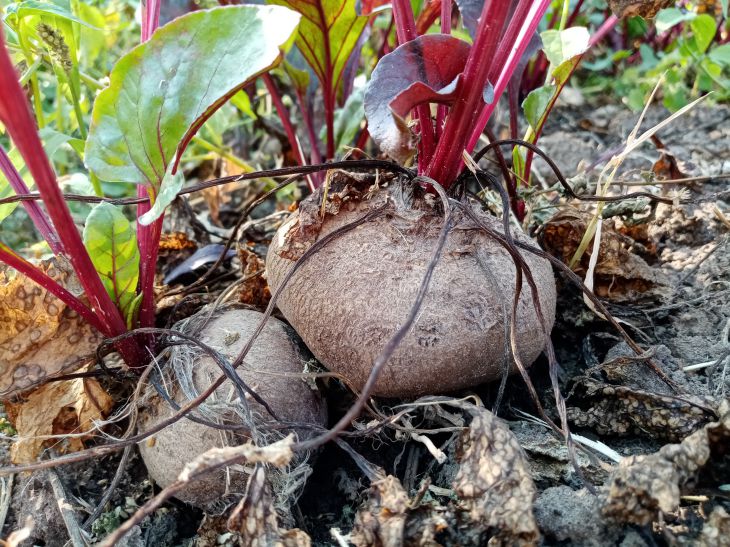One of the basic rules that every self-respecting summer resident should know and remember is crop rotation.
Its effect extends to all crops, including root crops.
Anastasia Kovrizhnykh , an expert of the online publication "BelNovosti", an agronomist and landscape designer, told where it is possible and where it is not possible to sow beets.
There are not many options for sowing: look for a new place or leave the beets where they grew last year.
In the old place
This is one of the worst-case scenarios. It has long been known that in this case, the yield will decrease every year in all respects.

The beets will be small, tasteless, less healthy, and there will be little of them, which is associated with the depletion of the soil in the garden bed, the appearance of pests, diseases, and toxic substances will begin to accumulate in the fruits.
The worst predecessors
The next worst option for planting beets is after related vegetables that have similar diseases and nutrient needs.
So, beets are not planted after cabbage (due to the spread of nematodes and gray mold), carrots (the soil becomes poor, wireworms appear), as well as radishes, turnips, rutabagas, daikon, spinach, Swiss chard and horseradish.
You can try
It is considered acceptable to plant beets after onions and garlic, but phosphorus-potassium fertilizers must be applied before planting.
It is possible after corn, but they have a common pest with beets - the winter moth. You can also try after radishes, strawberries.
The best option
The best predecessors for beets are representatives of the nightshade family, pumpkin, legumes, and after salad, lettuce, mustard greens, basil, rosemary and dill.
Earlier we talked about how to feed strawberries in the spring .









